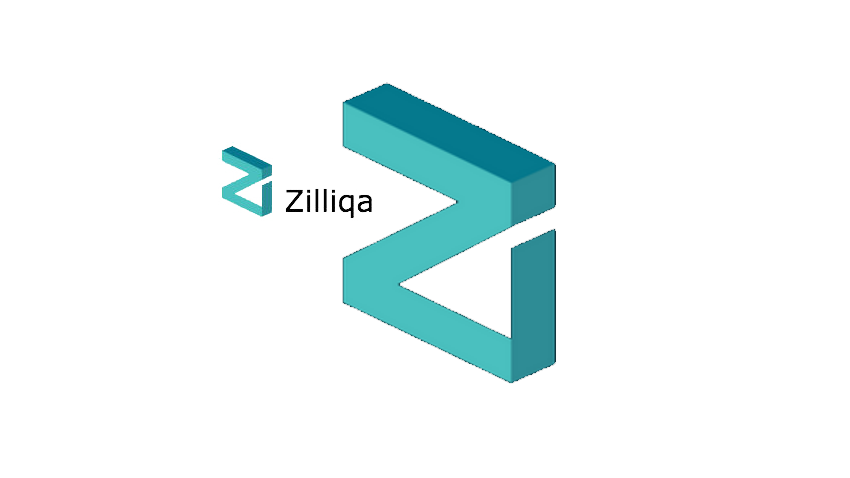Zilliqa, the blockchain platform designed to solve the issues of scalability, security, and efficiency currently plaguing existing blockchains, has upgraded their public testnet and introduced an integrated development environment for Scilla, their completely new programming language for developing secure and scalable smart contract applications.
In addition, Zilliqa testnet v2.0 has introduced more stability and security to the high-throughput network and will allow people to join and begin mining test transactions, a major step toward the platform’s public release in Q3 of 2018.
What is Zilliqa? Scalability plus Security and Efficiency
The technology behind Zilliqa was originally proposed in an academic research paper from a team of computer scientists at the National University of Singapore in 2015 and has since built a team around some of the leading blockchain engineers, academics, and business leaders in the world. The project aims to create a better blockchain infrastructure by creating something that is vastly more scalable, secure, and efficient compared with existing systems, like Bitcoin and Ethereum.
The first problem that Zilliqa solves is scalability. Zilliqa is creating an infrastructure based on the technology of blockchain sharding that would allow their system to process more transactions as more computers join their network. Using this method, Zilliqa is able to process tens of thousands of transactions per second using a relatively small number of computers in the system (nodes) compared with Ethereum or Bitcoin and allowing the total system reach speeds on par with VISA, the largest payment processor in the world.
The second issue that Zilliqa is also looking to fix is the issue of smart contract security, which has been highlighted time and time again through some of the most infamous events in recent blockchain history, including the DAO hack and the Parity bug. To address this issue, Zilliqa has created a new, intermediate-level smart contract programming language called Scilla that will help prevent security breaches in the future and give developers a much friendlier environment for developing smart contract applications.
In March of 2018, Zilliqa released the first version of their public testnet (codenamed Red Prawn), the first-ever implementation of blockchain sharding in a public environment.
Testnet v2.0 – Codename: D24
Last weekend, Zilliqa unveiled testnet v2.0 (codenamed D24) an upgrade which represents a major milestone in their path towards the public launch of their platform and programming language. In D24, the company introduced an Integrated Developer Environment (IDE) and extensive documentation for Scilla, in addition to improvements to the stability and security of the system which will now allow external users to join and test on their sharding blockchain platform.
Specific features in D24 include:
- Comprehensive Scilla documentation
- Scilla Blockchain Integrated Development Environment (IDE), an integrated environment connected to a dedicated blockchain testnet, where users can 1) write smart contracts, 2) upload them to the blockchain, 3) send messages to smart contracts and 4) receive messages from smart contracts.
- Scilla Interpreter Integrated Development Environment (IDE) where developers can write their Scilla programs and upload their code using the dedicated testnet in the Blockchain IDE as above.
- An upgraded version of the existing testnet and wallet.
- Opening up the testnet for outside users (nodes) to join the sharding blockchain platform and begin testing applications.
With the launch of the Scilla IDE, developers can now begin to test applications that can eventually run directly on Zilliqa’s high-throughput blockchain platform, scheduled for release in Q3 of this year. The types of applications that Zilliqa expects to utilize their platform are in the fields of finance and payments, gaming, digital advertising, online media, and any consumer or enterprise applications that require high-throughput and more security.
“At Zilliqa we have committed to solving very big problems and building a better blockchain infrastructure from the ground up. It’s a testament to the team we have put together that we have been able to execute on the big visions we have planned. This latest release is a major step towards realizes those visions and essentially providing a better way to build smart contract applications with the release of our public mainnet, scheduled within the next 3 months.”
To incentivize development on their platform, the company recently announced the Zilliqa Ecosystem Grant Program: a $5 million, non-dilutive grant for individual or teams of developers looking to build tools or applications on Zilliqa. The company has stated that any projects would receive technical and marketing support from the Zilliqa technical team.
Zilliqa conducted a public crowdsale in January of 2018 and recently eclipsed a $1 billion market capitalization, making it one of the most successful projects so far in 2018.






















